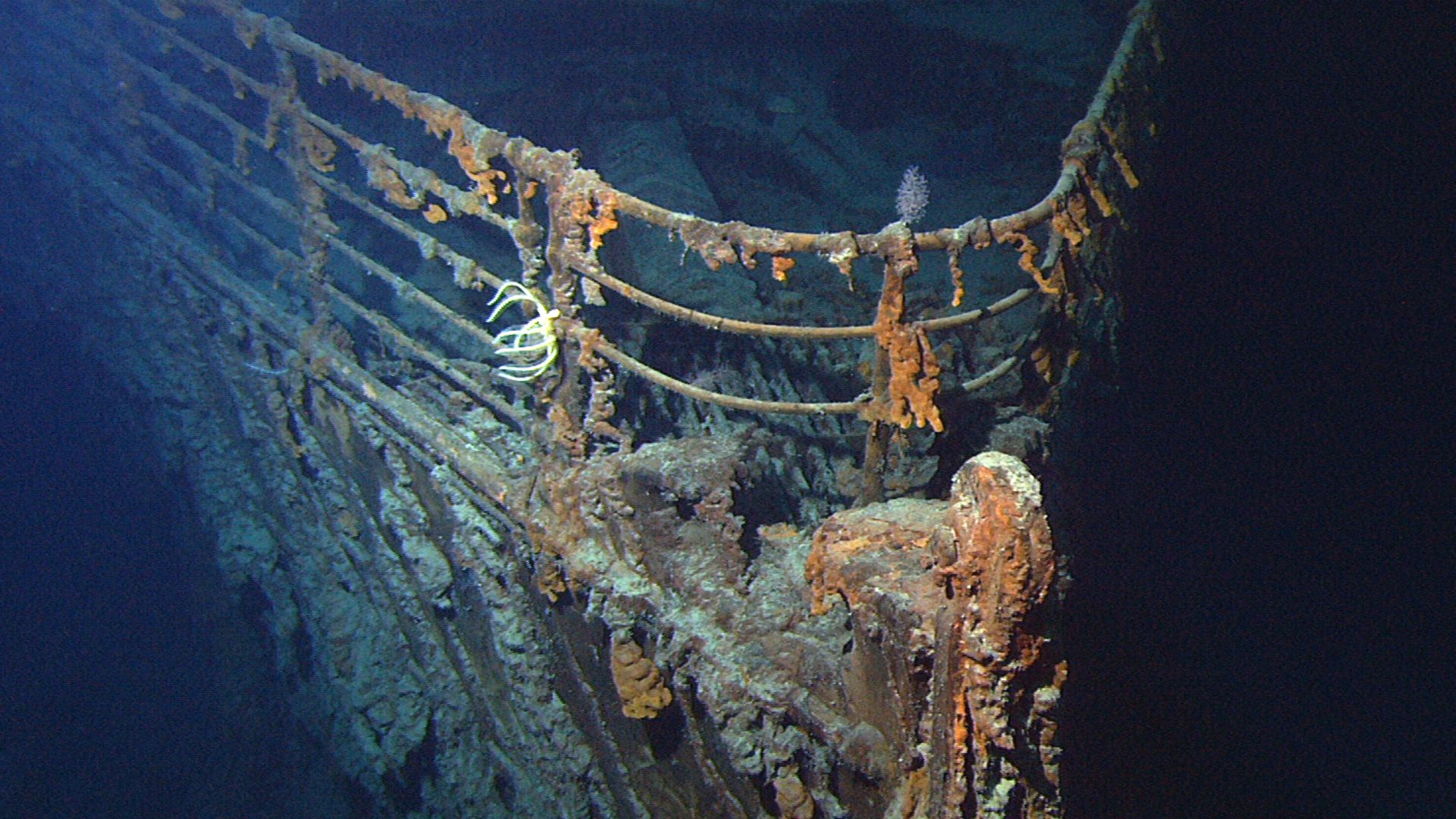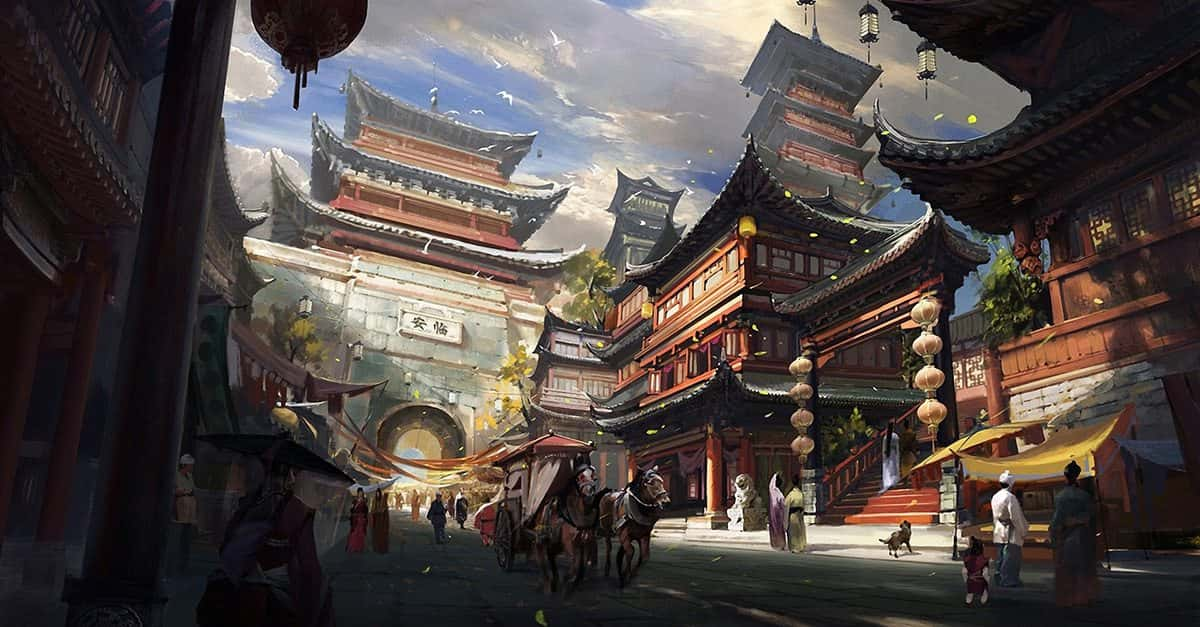Spain’s Missing Galleon
For years, people called it a legend. Then, in 2015, a sonar pinged near Baru Island, and suddenly, the gold-laden ship was very real. Everyone, from archaeologists to the government, wants a piece—the wreckage has just started talking.

Locals Always Knew Something Was Off
Before the discovery, fishermen had their theories—some swore by strange patterns below the reef, but no one could prove it. Then, a sonar caught a precise shape. What was once dismissed as sea lore became a potential lost ruin hiding in plain sight.
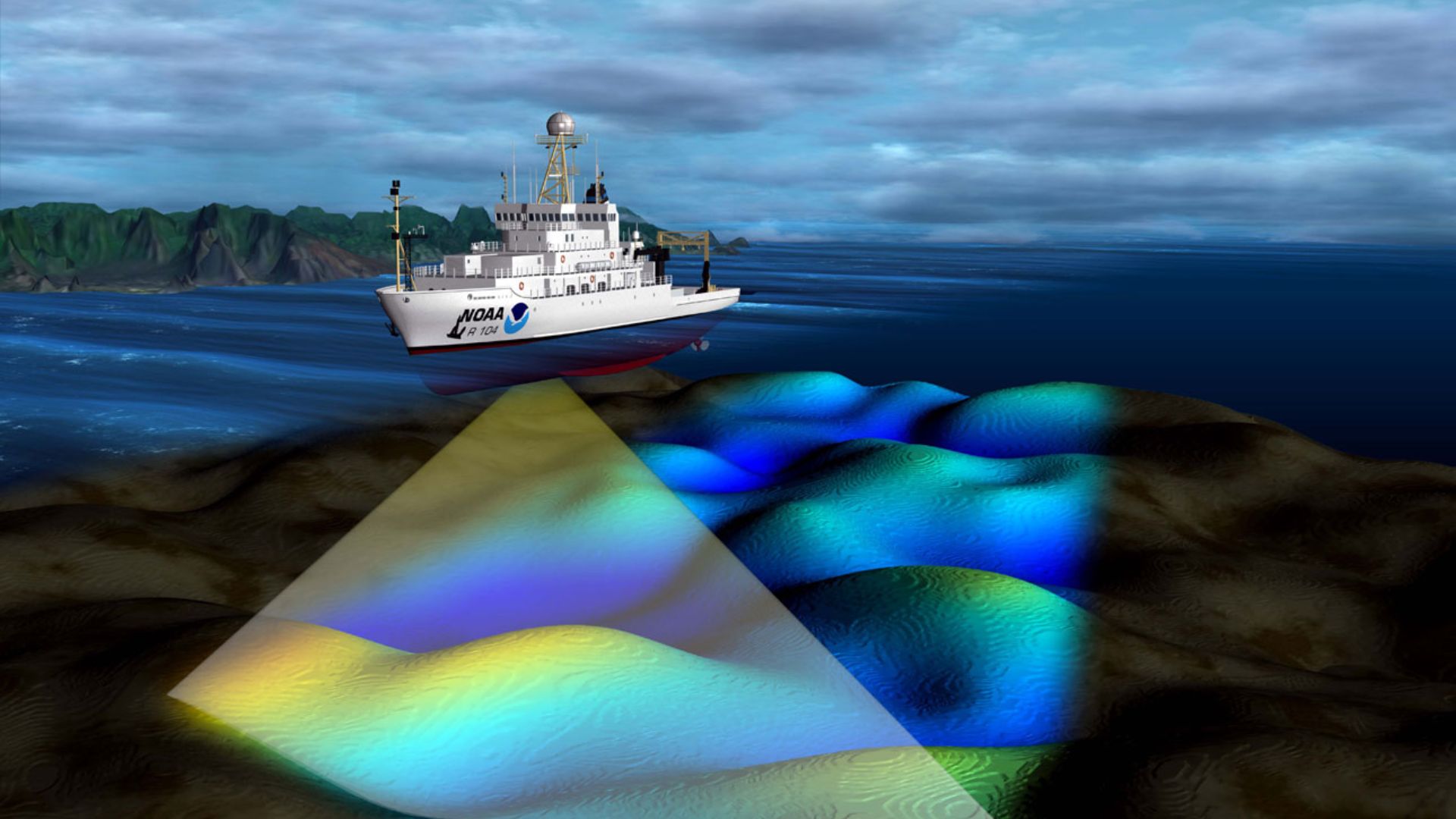 NOAA's National Ocean Service, Wikimedia Commons
NOAA's National Ocean Service, Wikimedia Commons
Baru Seems To Hold Clues History Forgot
The same locals who felt something was off passed down stories, but formal records from this region remain scarce. Colonial powers didn't document everything. This wreck becomes the tangible element historians can examine and use to fill gaps in the Caribbean's pirate-era past.
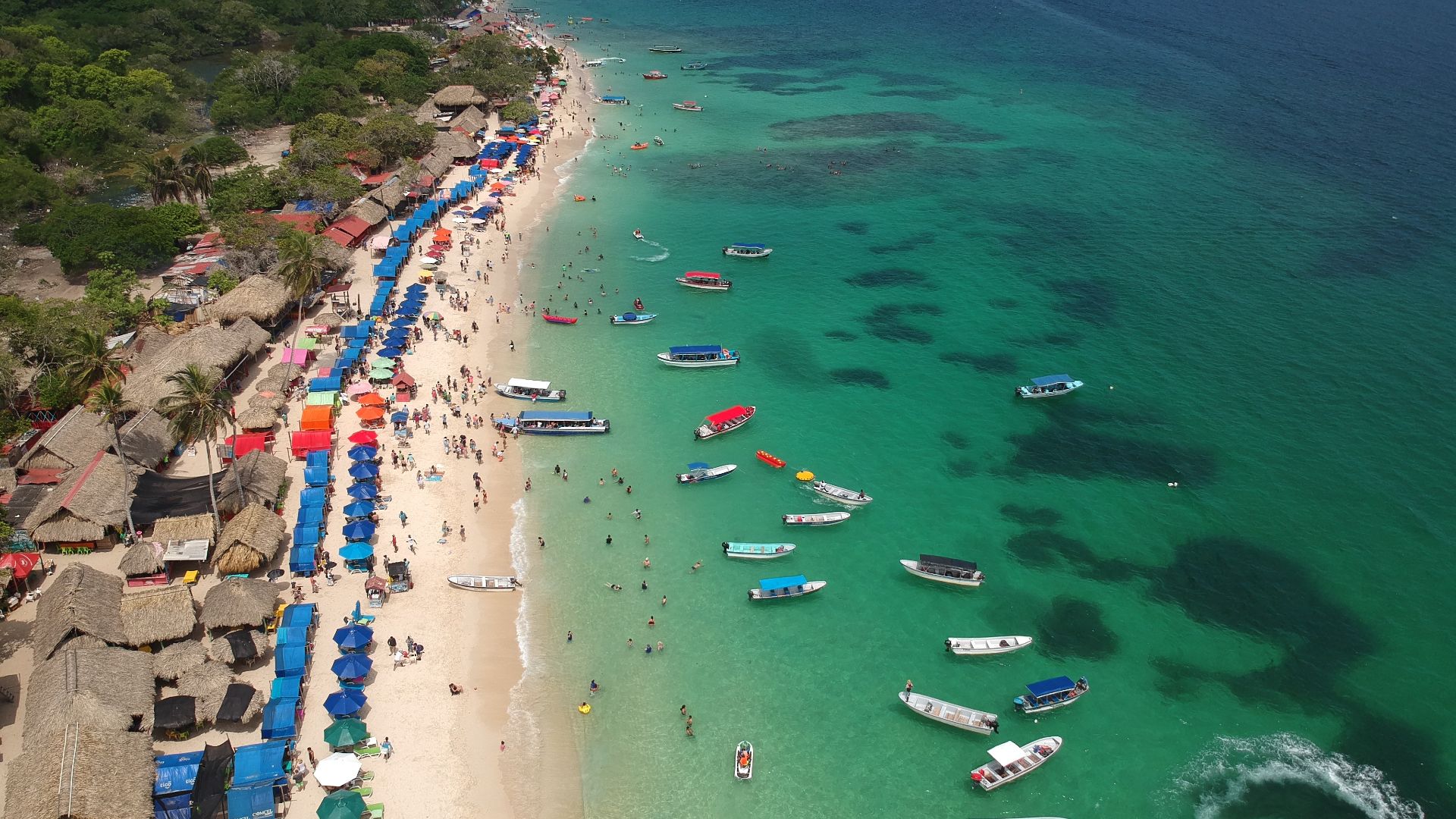 Felipeortegag, CC BY-SA 4.0, Wikimedia Commons
Felipeortegag, CC BY-SA 4.0, Wikimedia Commons
Colombia’s Top Team Is Leading The Effort
The 2015 discovery of the San Jose involved Colombian authorities and top-tier global institutions. Woods Hole Oceanographic Institution provided drone tech, while archaeologists and naval teams confirmed visual clues. It was a textbook example of how modern technology meets a centuries-old mystery.
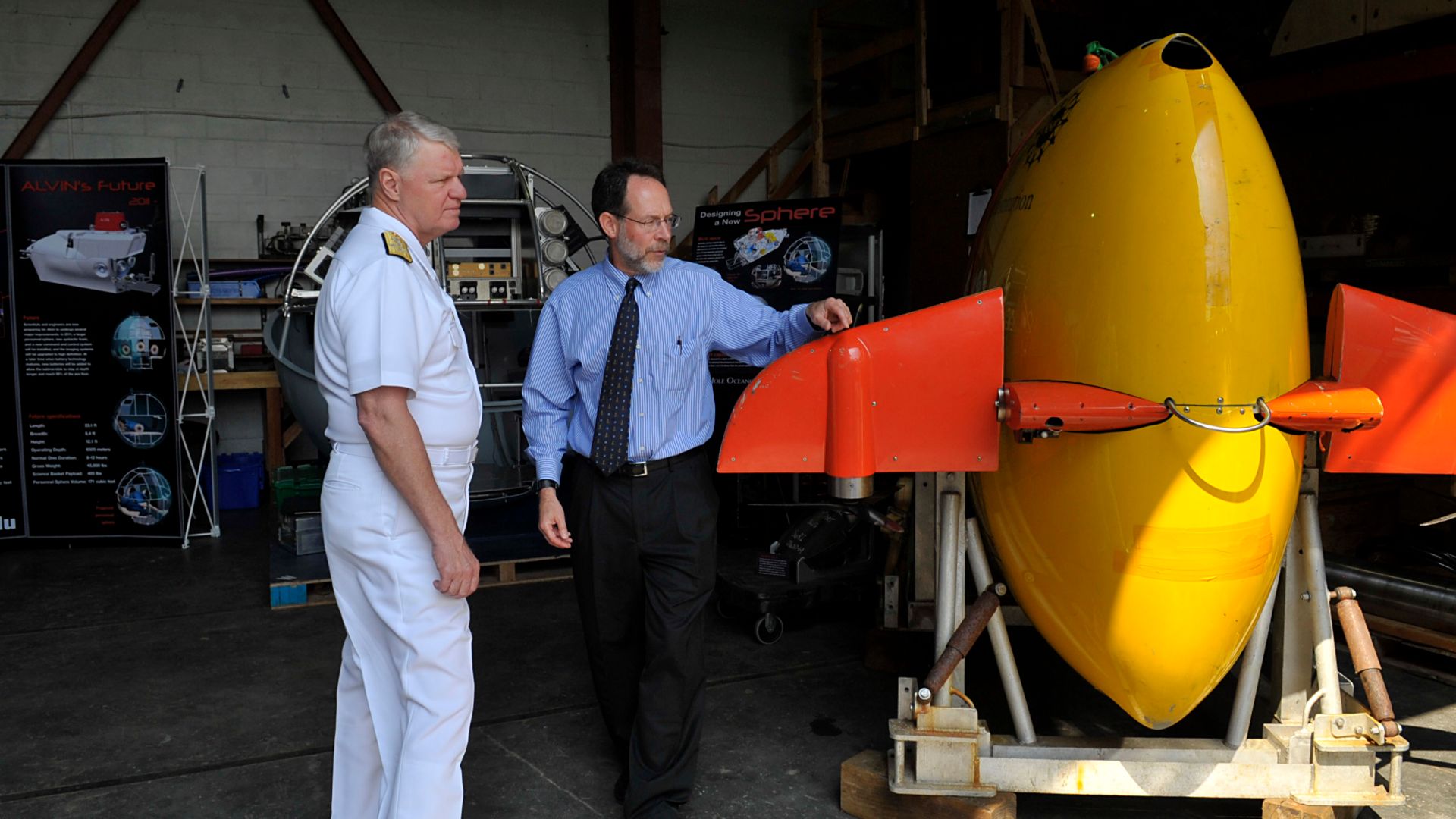 U.S. Navy photo by Chief Mass Communication Specialist Tiffini Jones Vanderwyst, Wikimedia Commons
U.S. Navy photo by Chief Mass Communication Specialist Tiffini Jones Vanderwyst, Wikimedia Commons
Underwater Tech Made The Find Possible
The ocean floor doesn’t give up secrets easily, but sonar and remotely operated vehicles (ROVs) changed the game. When scans showed strange formations, experts knew they’d found something worth chasing. Instead of divers, it was cables and cameras that confirmed the wreck’s identity, deep below reach.
 Brennanphillips at English Wikipedia, Wikimedia Commons
Brennanphillips at English Wikipedia, Wikimedia Commons
Echoes Of The Caribbean Surface Near Baru
South of Cartagena, experts took a closer look at an oddly shaped reef. What they found wasn’t part of the seafloor. It was a Spanish galleon, hidden in plain sight for hundreds of years, near a stretch of coast long tied to pirate routes and naval skirmishes.
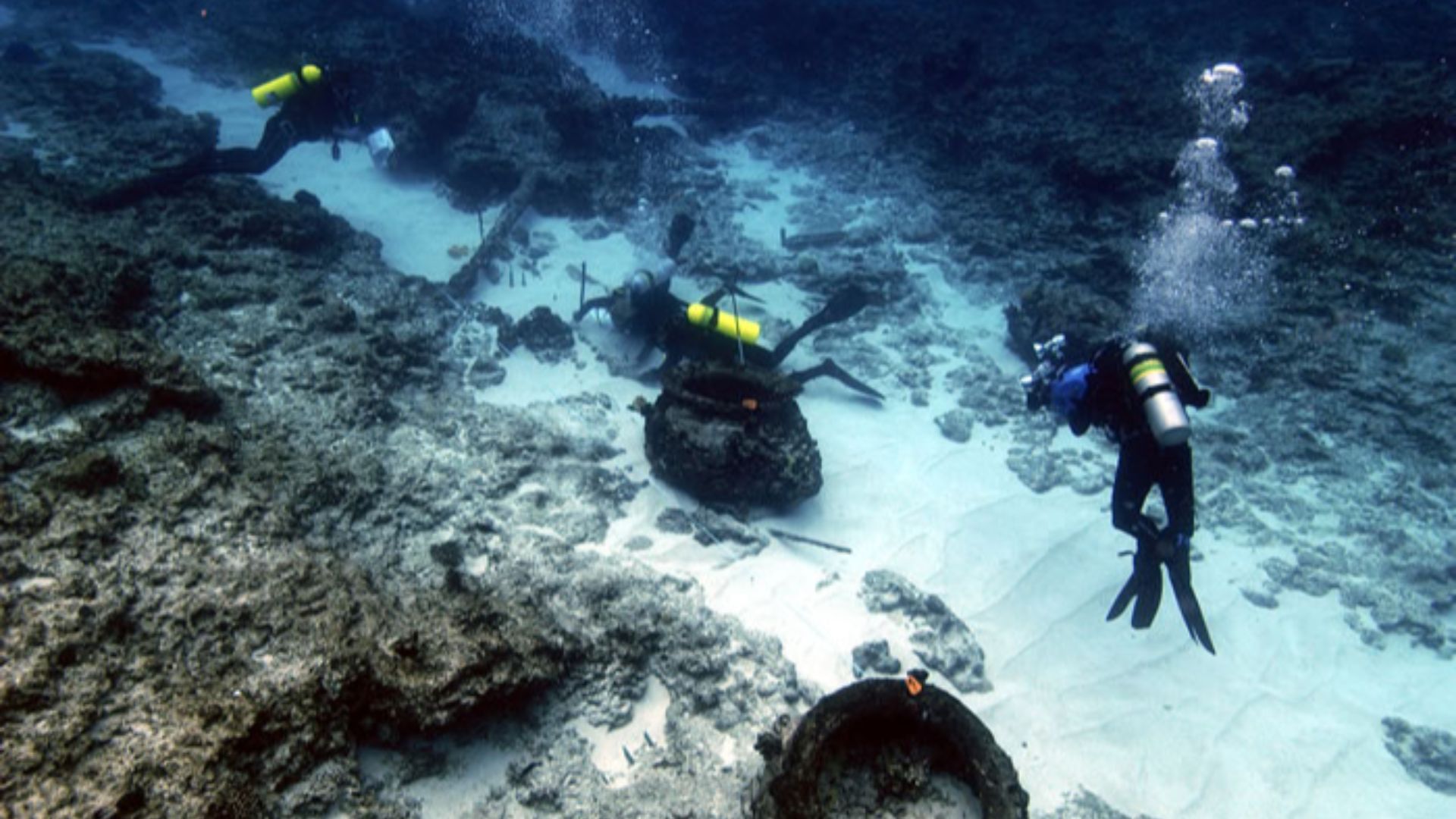 NOAA/Schwemmer, Wikimedia Commons
NOAA/Schwemmer, Wikimedia Commons
The Wreck Matches The Legendary San Jose
Beneath layers of silt and time, a wreckage emerged that mirrored a 300-year-old mystery. Its cannons and engravings align with historic records of the San Jose, a legendary Spanish galleon said to have sunk off the coast of Baru Island.
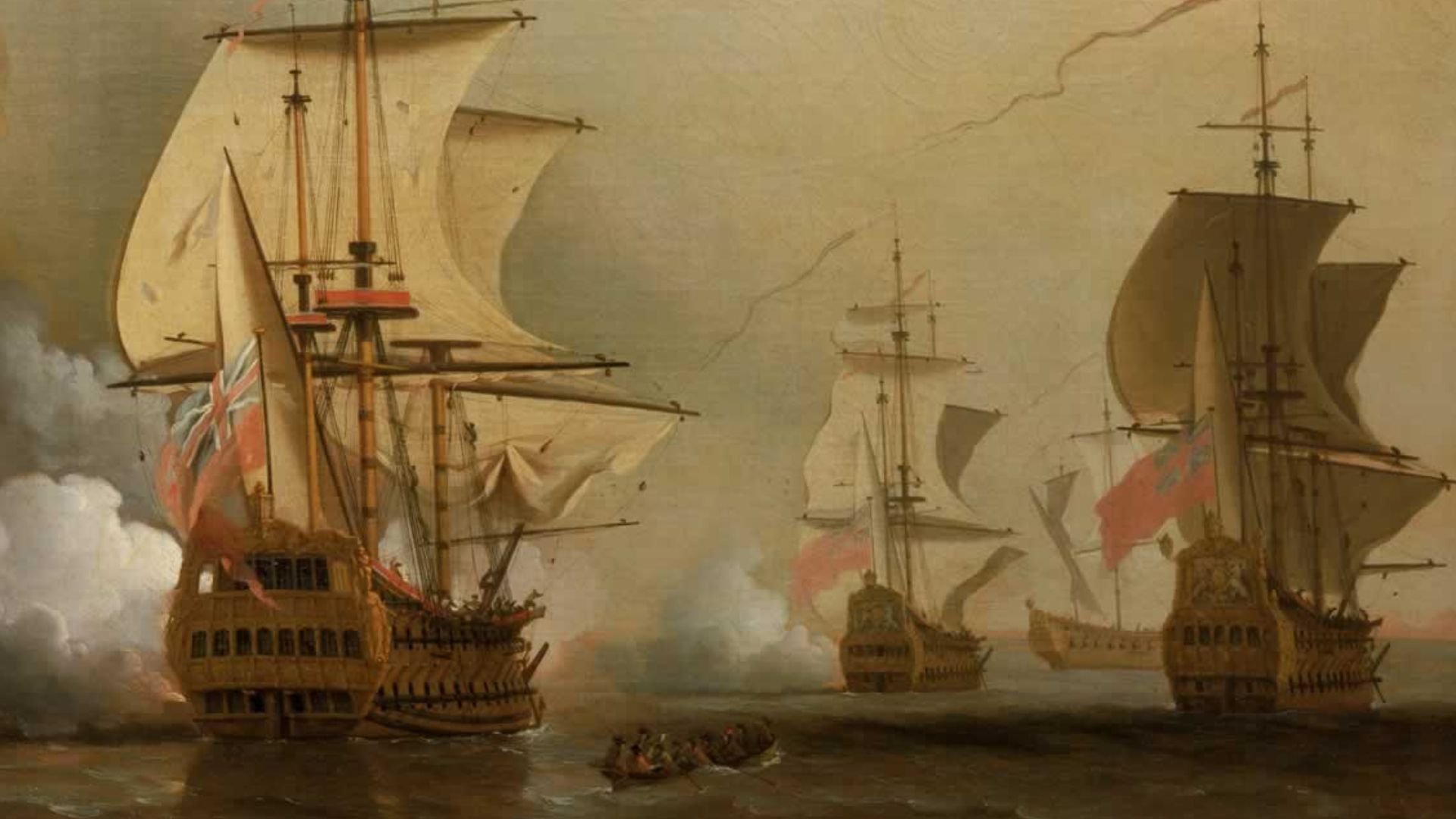 Samuel Scott, Wikimedia Commons
Samuel Scott, Wikimedia Commons
What’s Special About This Ship?
The San Jose was a Spanish warship sunk in 1708 by British forces near Cartagena, Colombia, during the War of the Spanish Succession. It was carrying an astonishing cargo: 11 million gold coins, 200 tons of silver and emeralds, plus Chinese porcelain and other treasures—valued at around $17 billion.
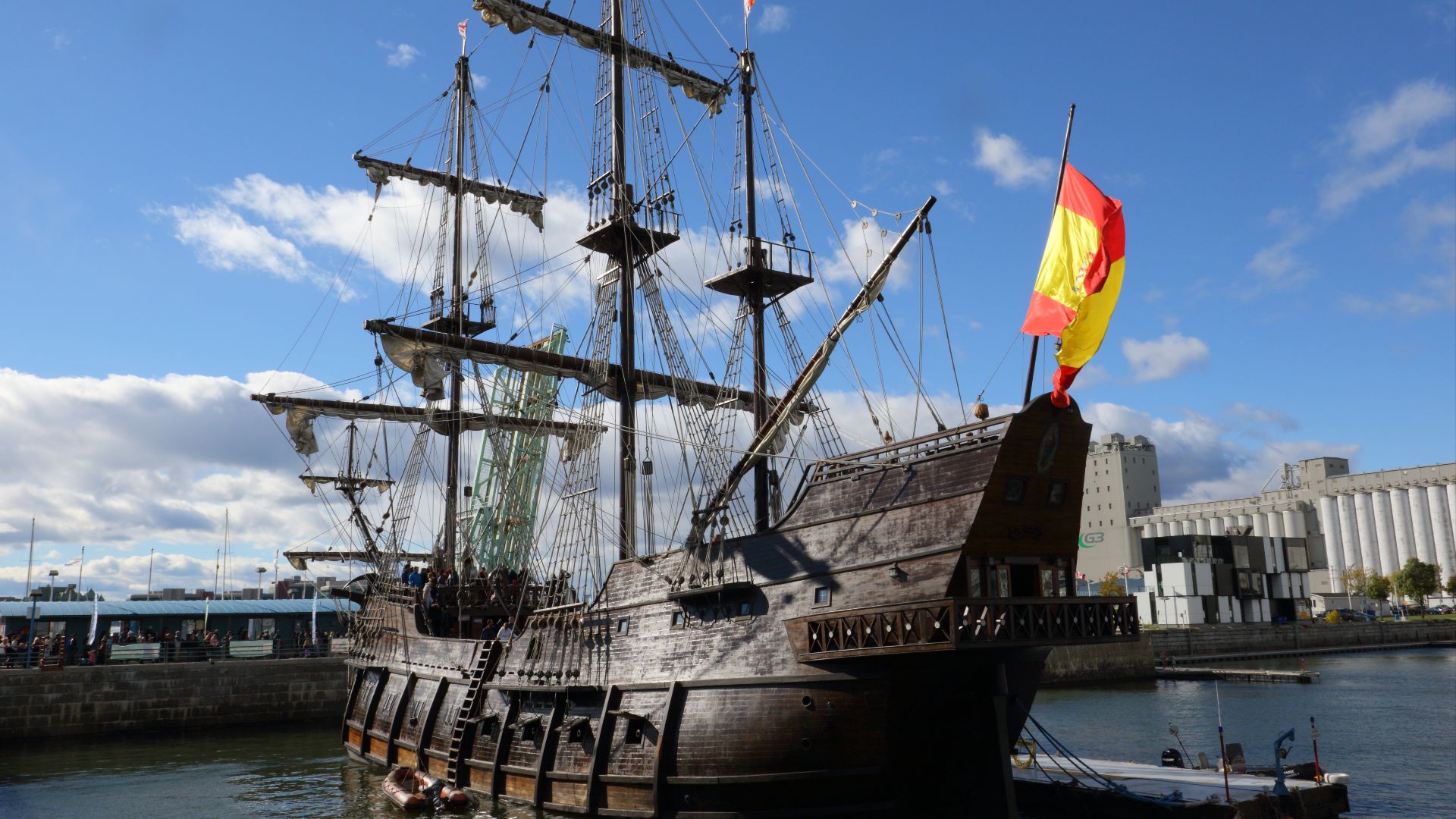 Cephas, CC BY-SA 4.0, Wikimedia Commons
Cephas, CC BY-SA 4.0, Wikimedia Commons
A Ship This Size Meant Business
The ocean hides San Jose’s shape now, but back then, this 100-foot ship likely ruled its route. Armed and prepared, it moved through volatile waters with a mission in tow. What’s left behind could reframe our understanding of conflict and coastal defenses from that era. The era when…
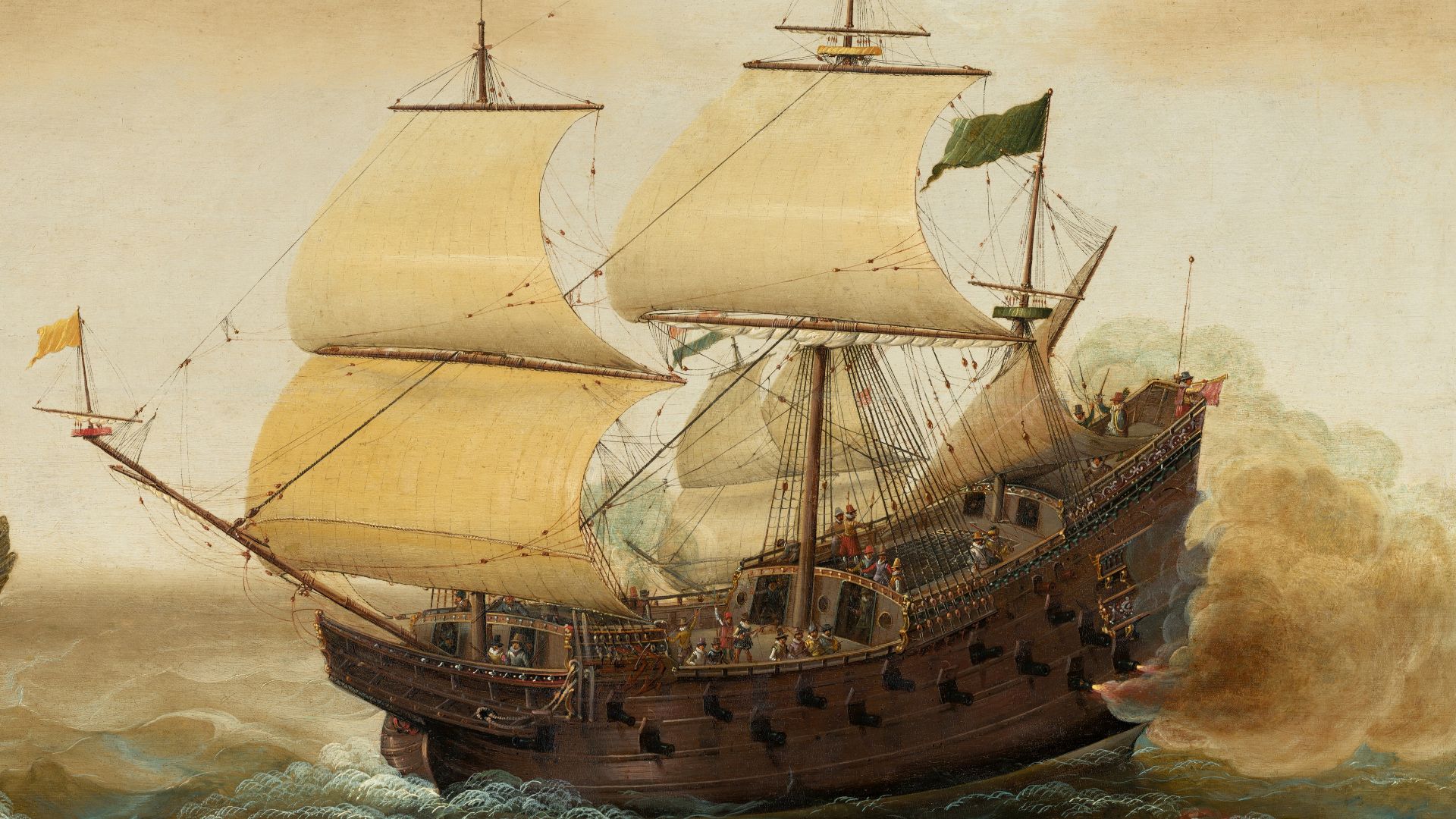 Cornelis Verbeeck, Wikimedia Commons
Cornelis Verbeeck, Wikimedia Commons
Pirates Hunted These Waters
Treasure-laden ships once sailed nervously past the coast near Baru Island, always watching the horizon. Though pirates didn’t settle here, they stalked these routes and waited for the perfect ambush. An ambush that would yield a substantial payday. Some believe the rewards from those raids may still lie beneath waiting.
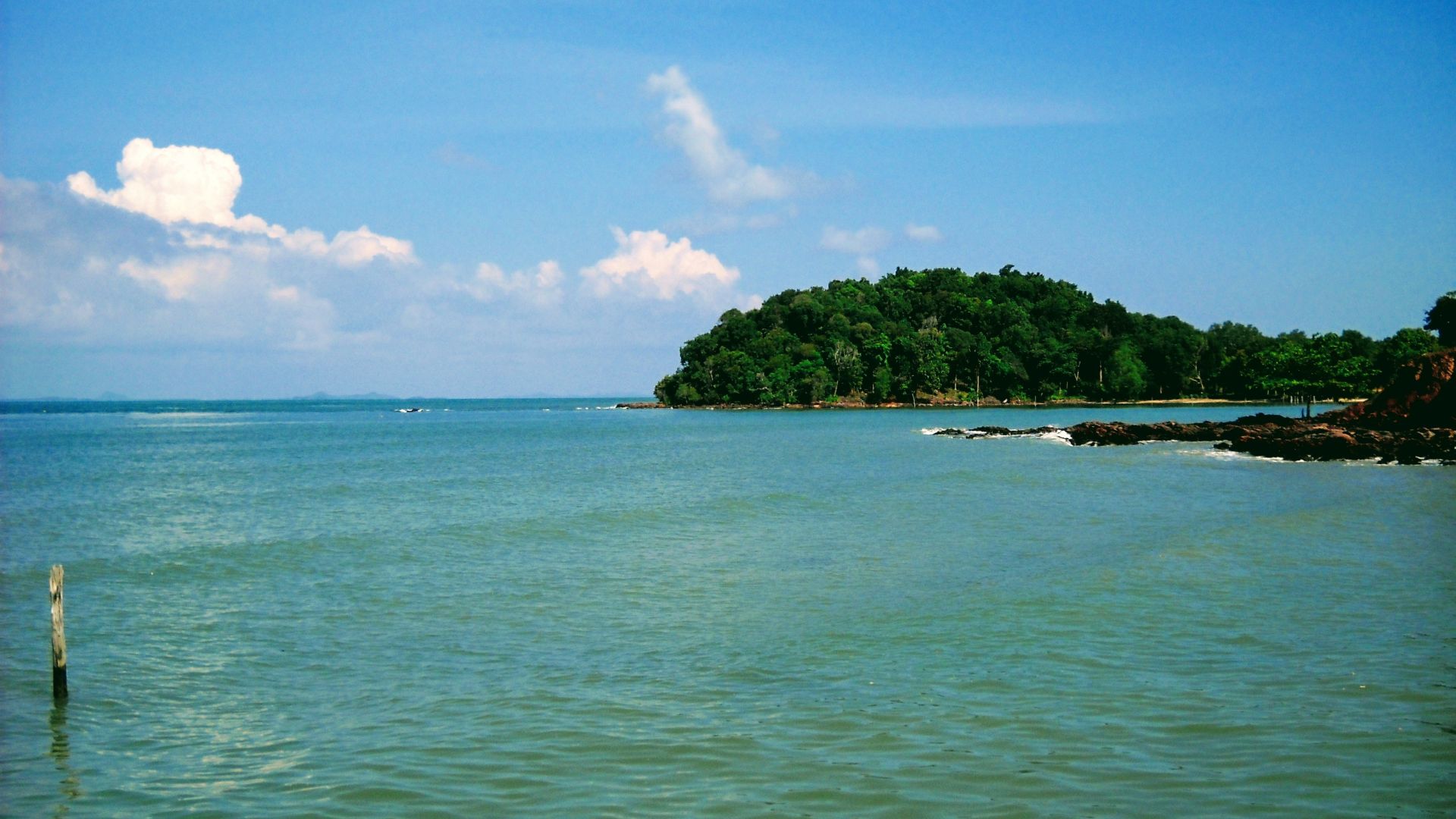 Cun Cun, CC BY-SA 4.0, Wikimedia Commons
Cun Cun, CC BY-SA 4.0, Wikimedia Commons
How Did This Ship Cross Paths With The British Forces?
Wondering how the British connect to the wrecking of the ship? Long before modern watersports, this coastline had served as a frontline between empires. British and Spanish ships traded fire here, each pushing for control. In one encounter, yet to be fully uncovered.
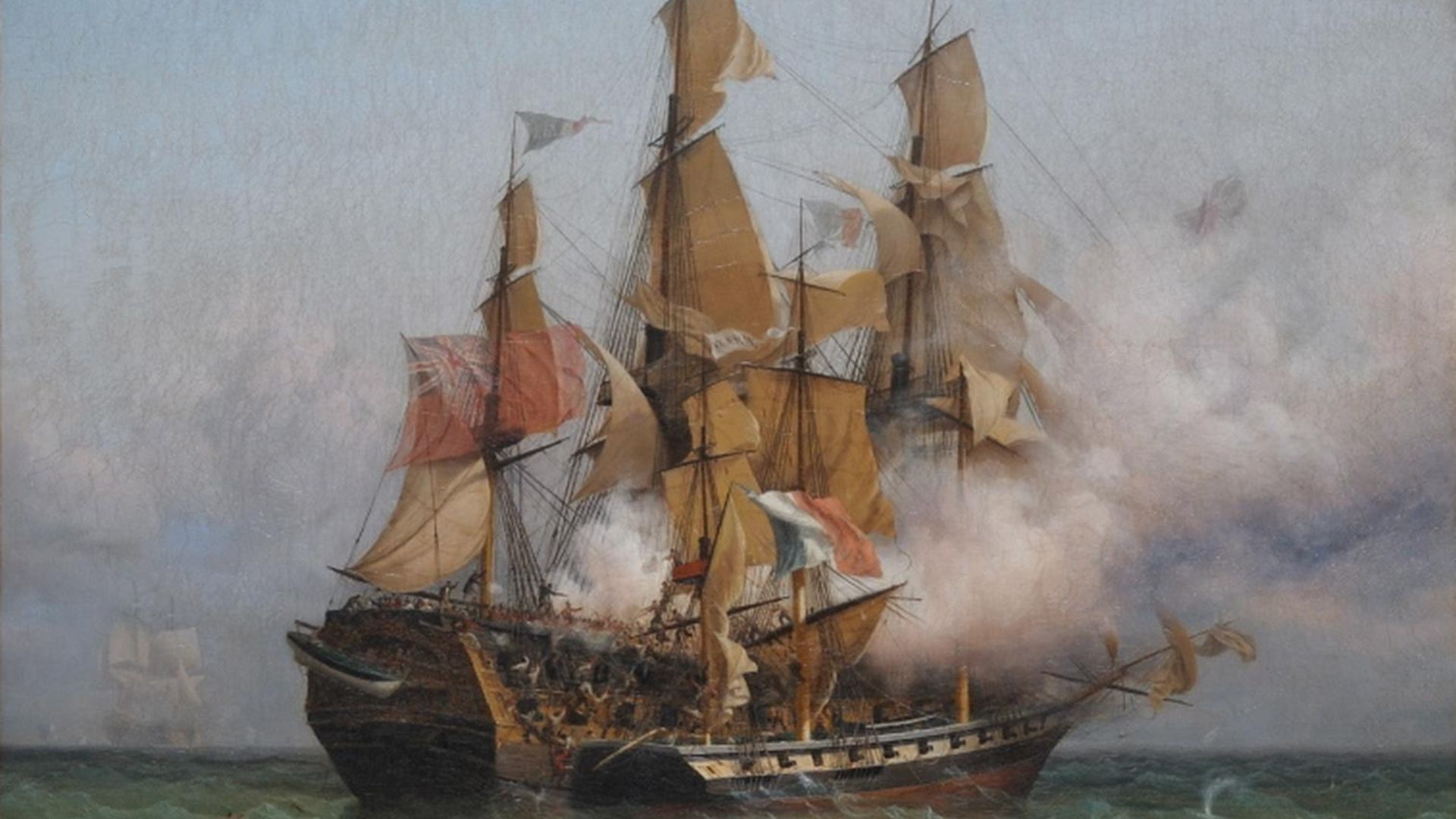 Ambroise Louis Garneray, Wikimedia Commons
Ambroise Louis Garneray, Wikimedia Commons
Gold May Still Be Down There
Remember the bounty described above? ROVs have captured glimpses of ceramics and other preserved artifacts deep below the surface. Whispers of gold coins and emeralds hidden in the debris persist since the hull appears largely intact. At such depths, much of the ship’s treasure likely remains untouched.
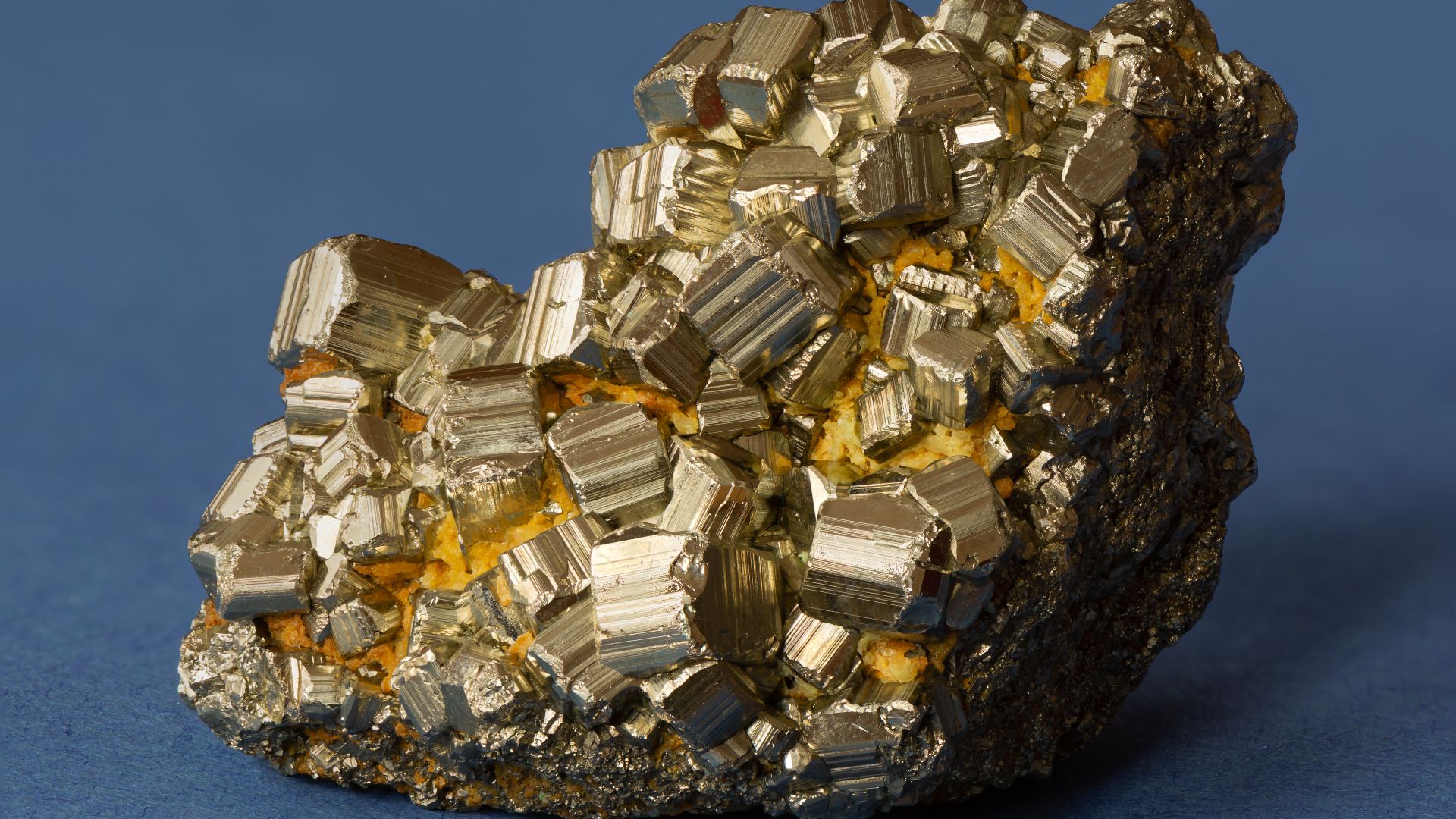 Uoaei1, CC BY-SA 4.0, Wikimedia Commons
Uoaei1, CC BY-SA 4.0, Wikimedia Commons
Here Are The Significant Finds
Bronze cannons were among the finds. Additionally, there were pieces of fine ceramics and amphorae (ancient containers) that still retained their original shape. The biggest clue, though, lay in the coins marked with Spanish crests, scattered like breadcrumbs through the seabed.
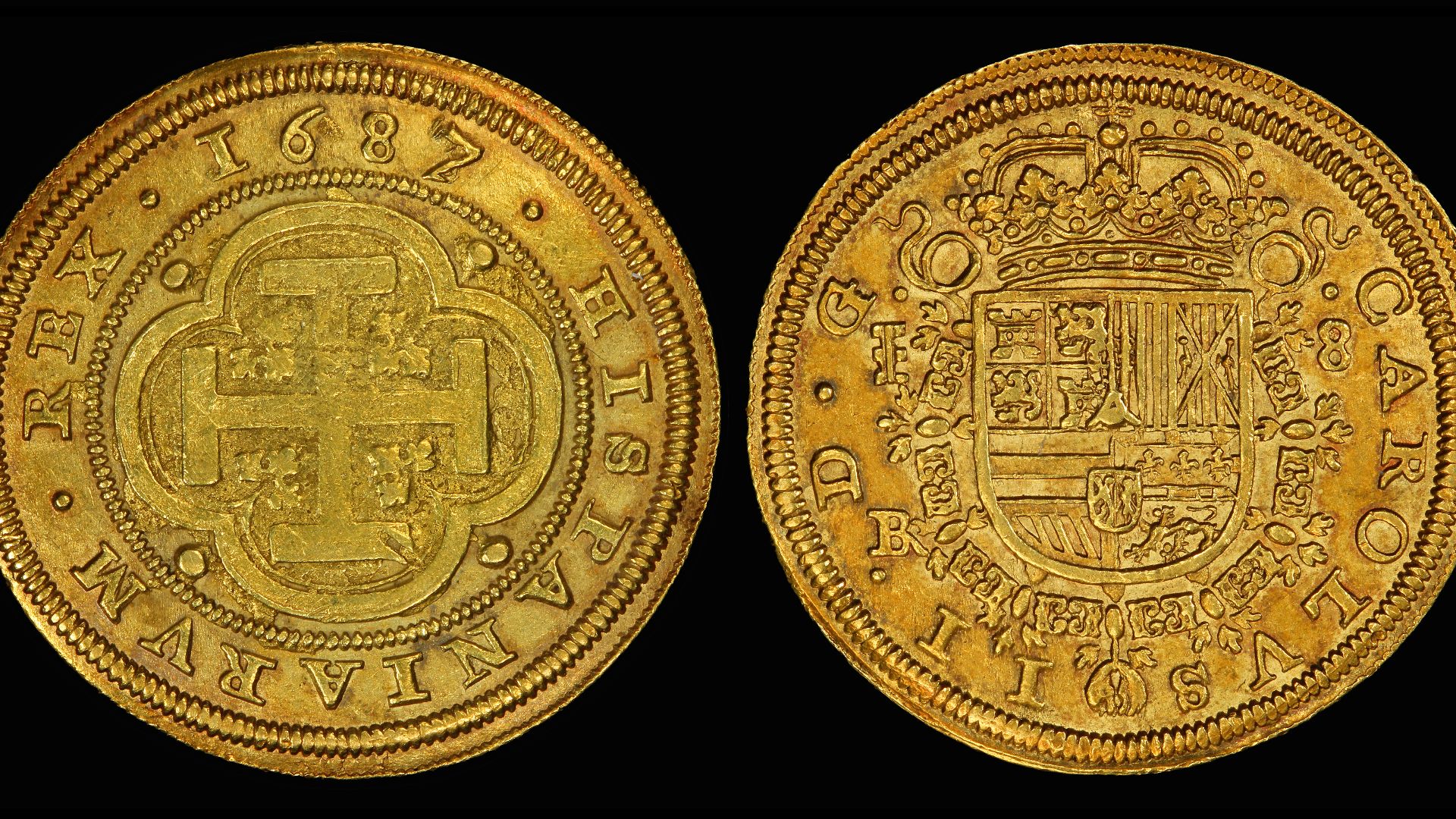 National Museum of American History , Wikimedia Commons
National Museum of American History , Wikimedia Commons
Coins And Cannons
Silver cobs were minted in Lima in 1707. Cannons were marked with dates and locations, which could help identify them. Now, if the announcement confirming the ship’s identity is made, it might deepen tensions over legal ownership among Colombia, Spain, Peru, descendants of Peruvian miners, and Indigenous communities.
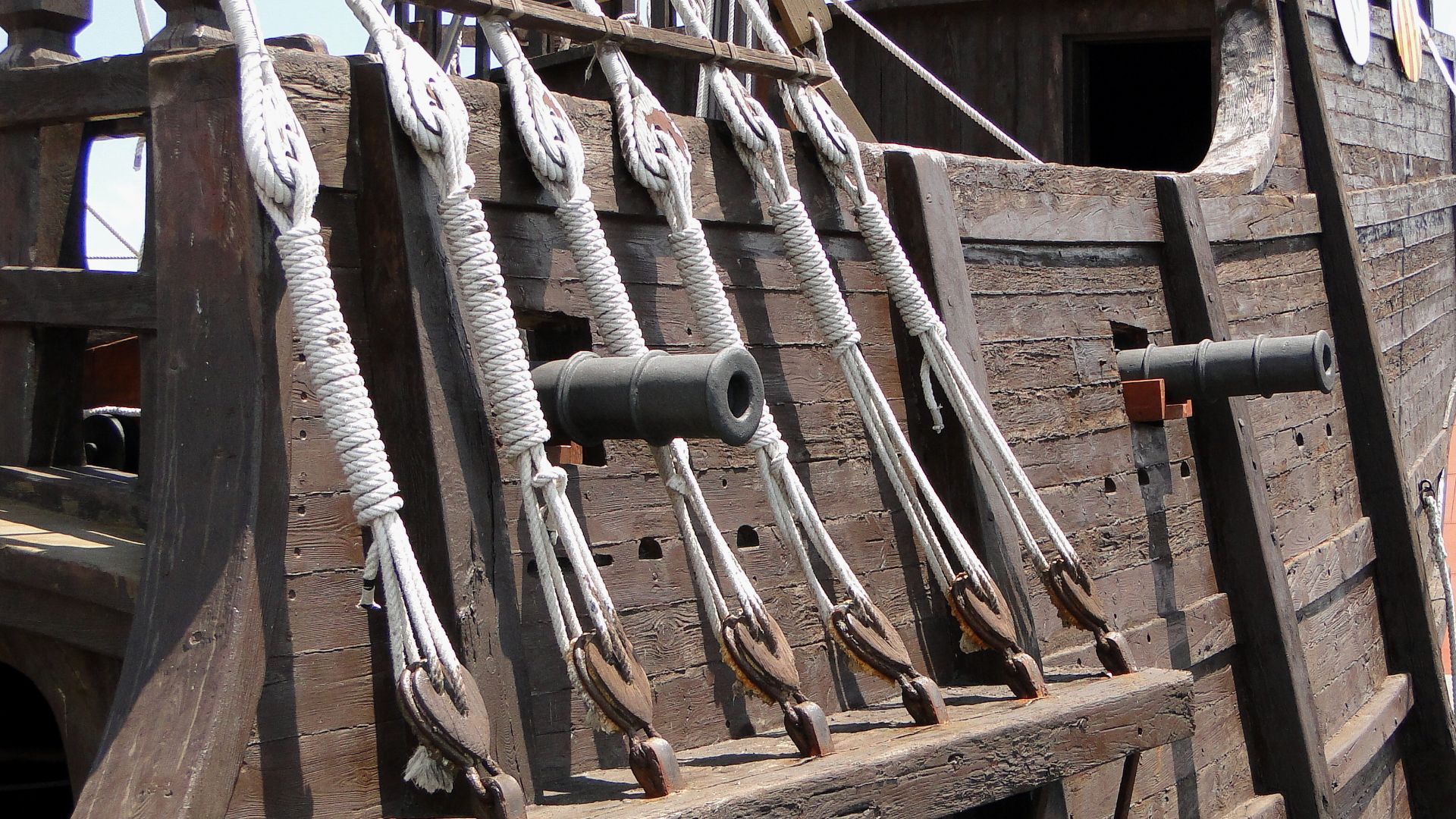 Adam63, CC BY-SA 3.0, Wikimedia Commons
Adam63, CC BY-SA 3.0, Wikimedia Commons
Porcelain And Personal Effects
Chinese porcelain from the Kangxi period (1662–1722) highlights extensive trade routes that extended beyond the Atlantic. Alongside these, corroded buckles, uniform scraps, and personal items offer haunting fragments of the roughly 600 lives aboard—soldiers, sailors, and merchants—now remembered through what the sea chose to preserve.
 Daderot, CCO, Wikimedia Commons
Daderot, CCO, Wikimedia Commons
The Ceramics Were…
Recovered from porcelain fragments, the hallmarks of Chinese craftsmanship hinted at a journey that started far across the ocean. These artifacts likely arrived on board via the Manila route, a link between Asia and Spain.
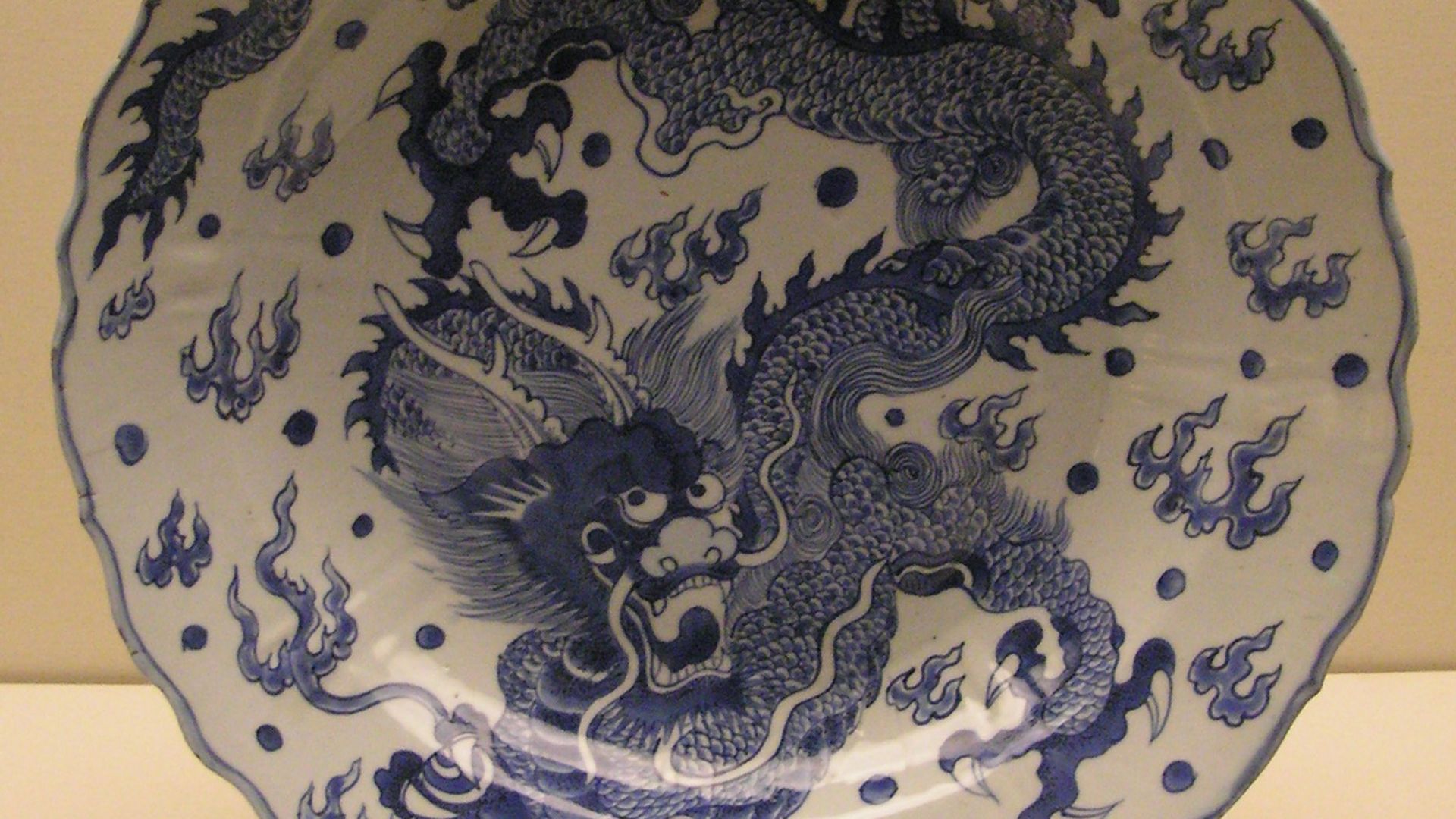 Gryffindor, CC0, Wikimedia Commons
Gryffindor, CC0, Wikimedia Commons
Now, Treasure Hunters Are Watching Closely
The moment this wreckage hit the news, private explorers started circling. Everyone wants a piece of it, especially if gold or emeralds are involved. For archaeologists, this means working quickly and carefully to secure historical value before the wreck becomes a treasure rush.
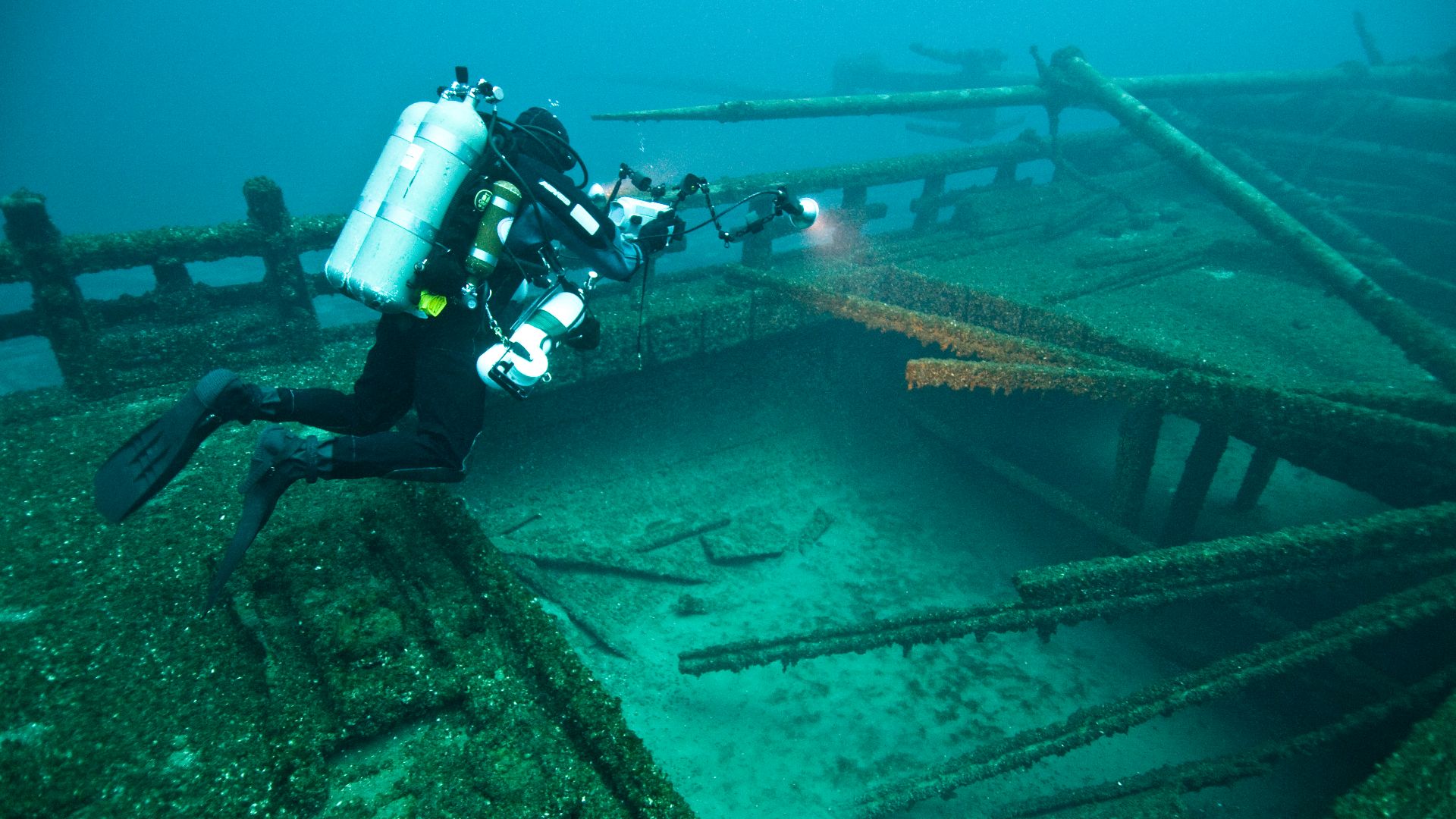 NOAA Great Lakes Environmental Research Laboratory, CC BY-SA 2.0, Wikimedia Commons
NOAA Great Lakes Environmental Research Laboratory, CC BY-SA 2.0, Wikimedia Commons
This Isn't Just About Gold
Sure, the cargo matters. However, this site also holds significant cultural significance. Researchers now have access to untouched relics from an era defined by exploration and survival. For historians, it provides context and gives answers to the many unanswered questions about old marine life.
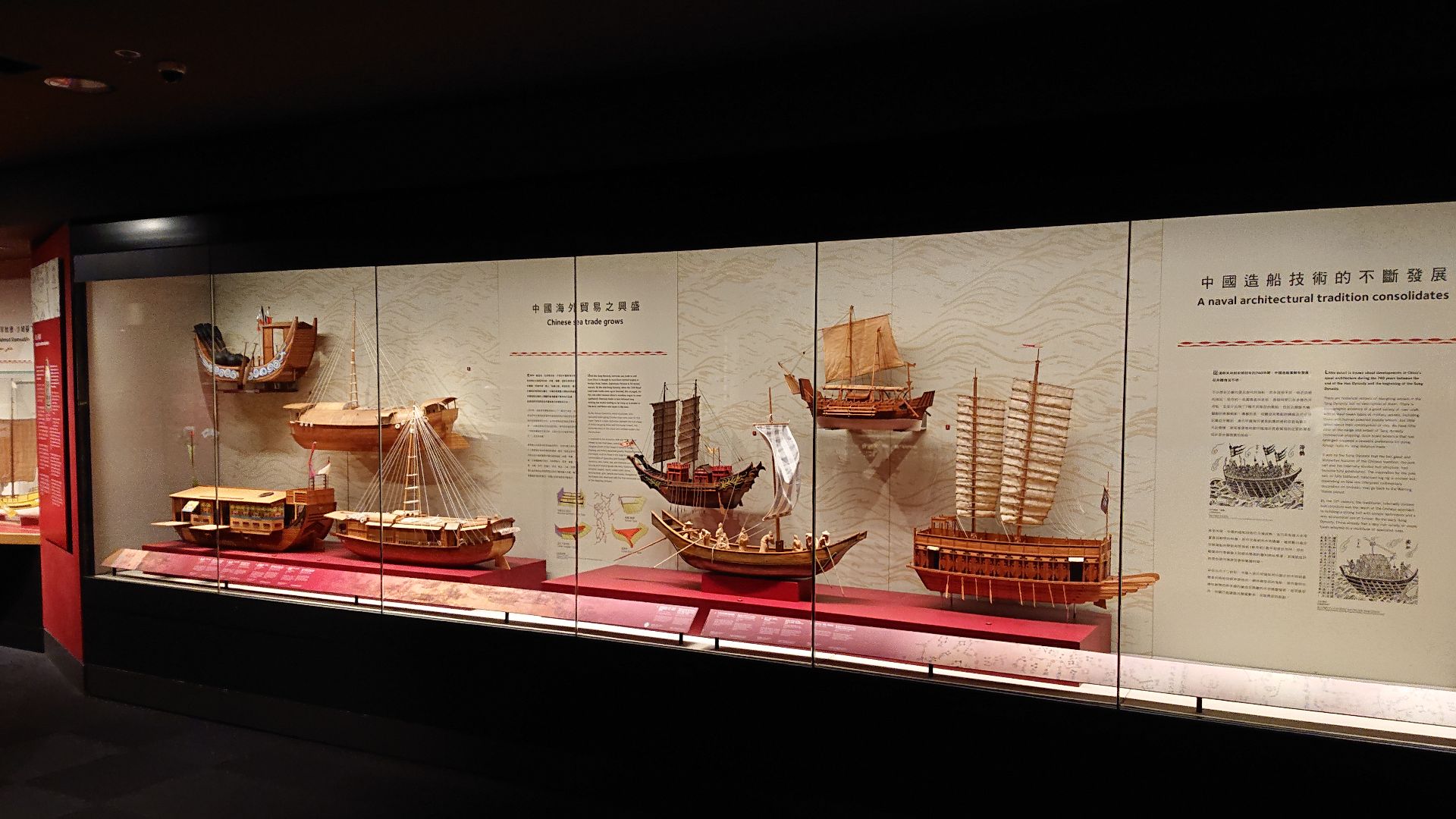 Ceeseven, CC BY-SA 4.0, Wikimedia Commons
Ceeseven, CC BY-SA 4.0, Wikimedia Commons
Why Did It Take So Long For San Jose’s Info To Resurface?
First, storms may have helped conceal it. Tropical storms frequently strike this region each year. That constant upheaval likely buried the wreck deeper in the seafloor, covering it with sand and coral. Ironically, that chaos may have protected it from earlier discovery and kept it preserved longer than expected.
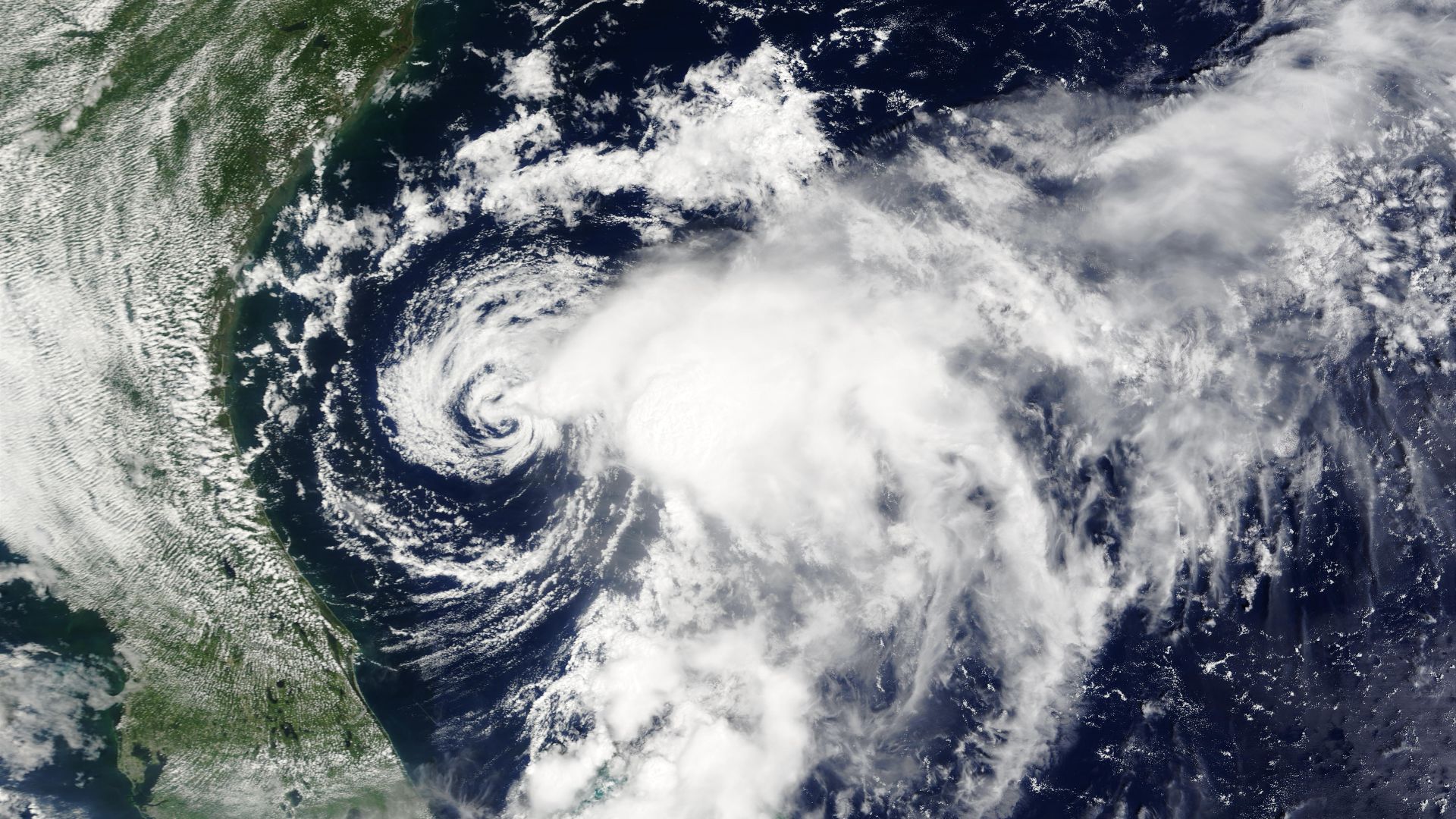 Image courtesy Jacques Descloitres, MODIS Land Rapid Response Team at NASA GSFC, Wikimedia Commons
Image courtesy Jacques Descloitres, MODIS Land Rapid Response Team at NASA GSFC, Wikimedia Commons
Wreck Sites Can't Be Moved
Once found, a wreck stays put. Preservation happens right there in the water. Researchers build protective barriers or work in phases. No cranes, no airlifting. Every piece is handled where it fell, creating a raw, untouched atmosphere on the site.
San Jose’s Recovery Requires Extreme Precision
It’s not as simple as grabbing an object and heading up. Each artifact is first mapped and logged underwater to preserve its exact location. Once retrieved, it’s soaked in special solutions to prevent decay. That careful pace protects stories sealed in rust and time.
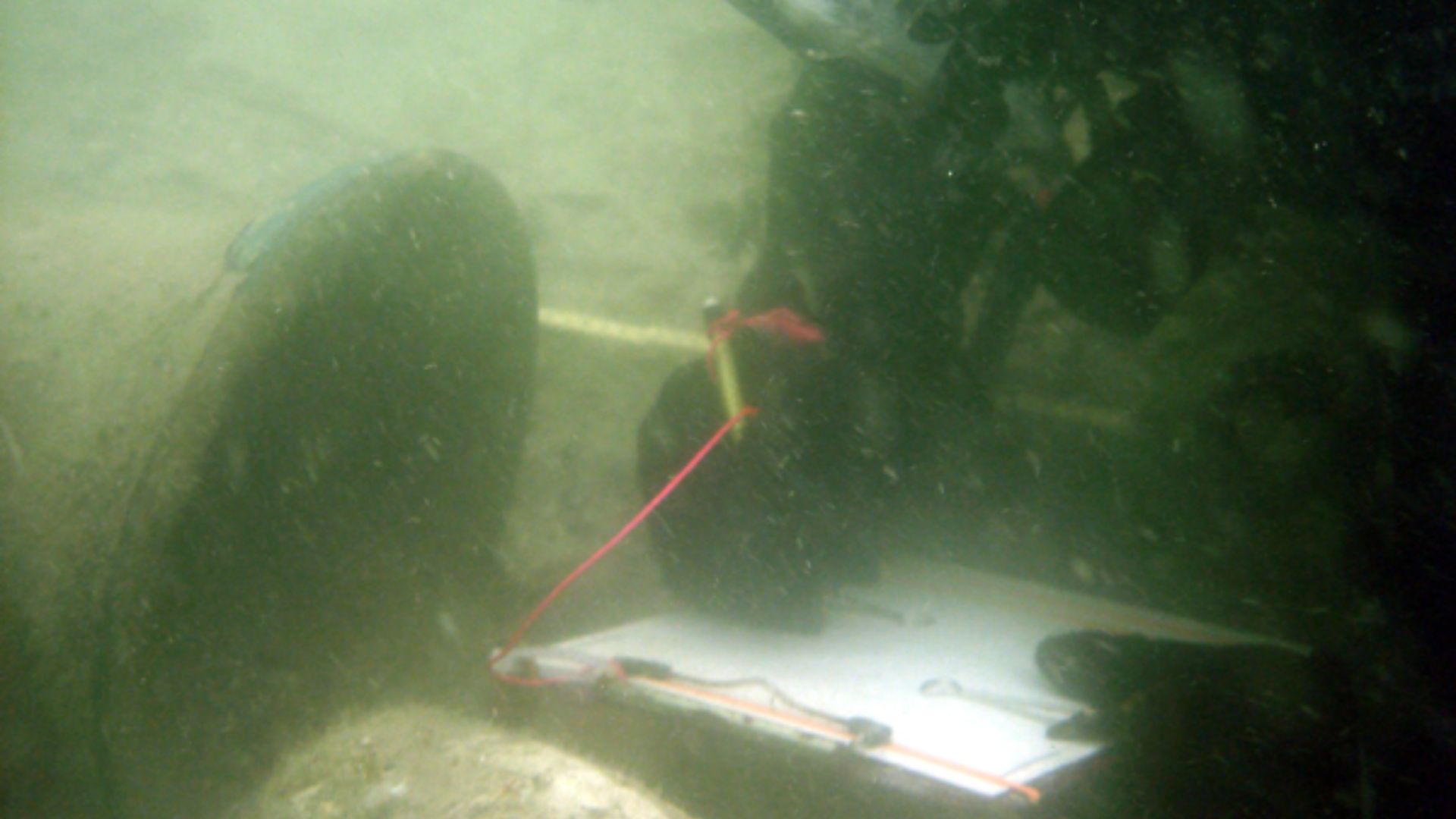 Brendan Burke, Lighthouse Archaeological Maritime Program, CC BY-SA 3.0, Wikimedia Commons
Brendan Burke, Lighthouse Archaeological Maritime Program, CC BY-SA 3.0, Wikimedia Commons
Legal Disputes Could Slow Progress
Shipwrecks spark arguments fast. Some claim the ship belongs to Spain. Others say it falls under Colombian control. With potential treasure involved, governments may start circling. Archaeologists simply want the research to remain protected from politics and profit-driven interests.
The Find Is Drawing Global Eyes
Museums and media outlets worldwide are now watching. This could mean more content: documentaries, exhibitions, and entire college courses. People crave pirate stories—but this time, the drama unfolds with real artifacts and verified evidence from the ocean floor.
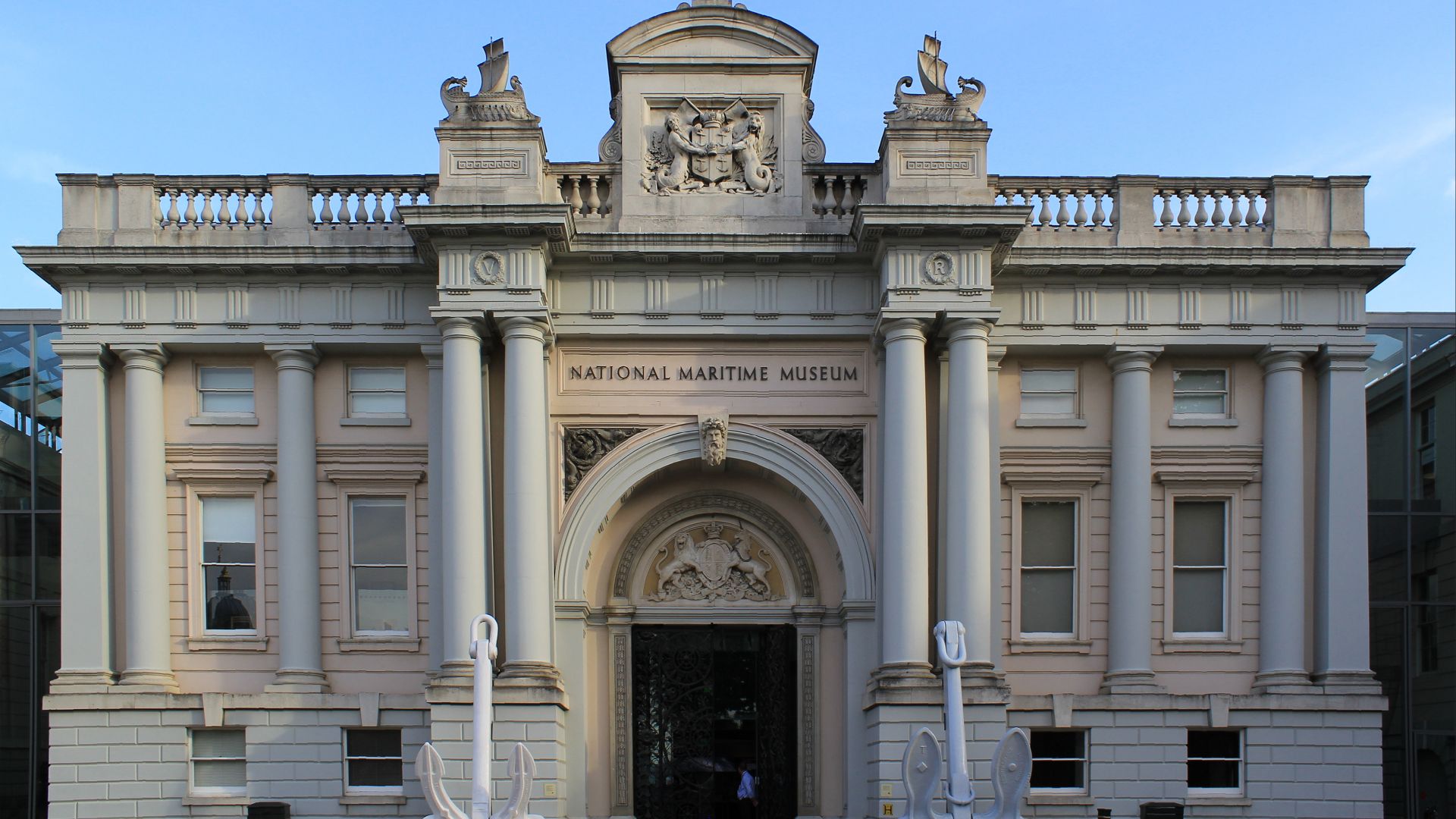 Katie Chan, CC BY-SA 3.0, Wikimedia Commons
Katie Chan, CC BY-SA 3.0, Wikimedia Commons
Baru's Tourism Might Skyrocket
This sleepy island could see major changes. With its pirate connection now confirmed, visitors are expected to arrive in waves. Local officials are already discussing shipwreck museums and ways to share history without overwhelming the island's quiet charm.
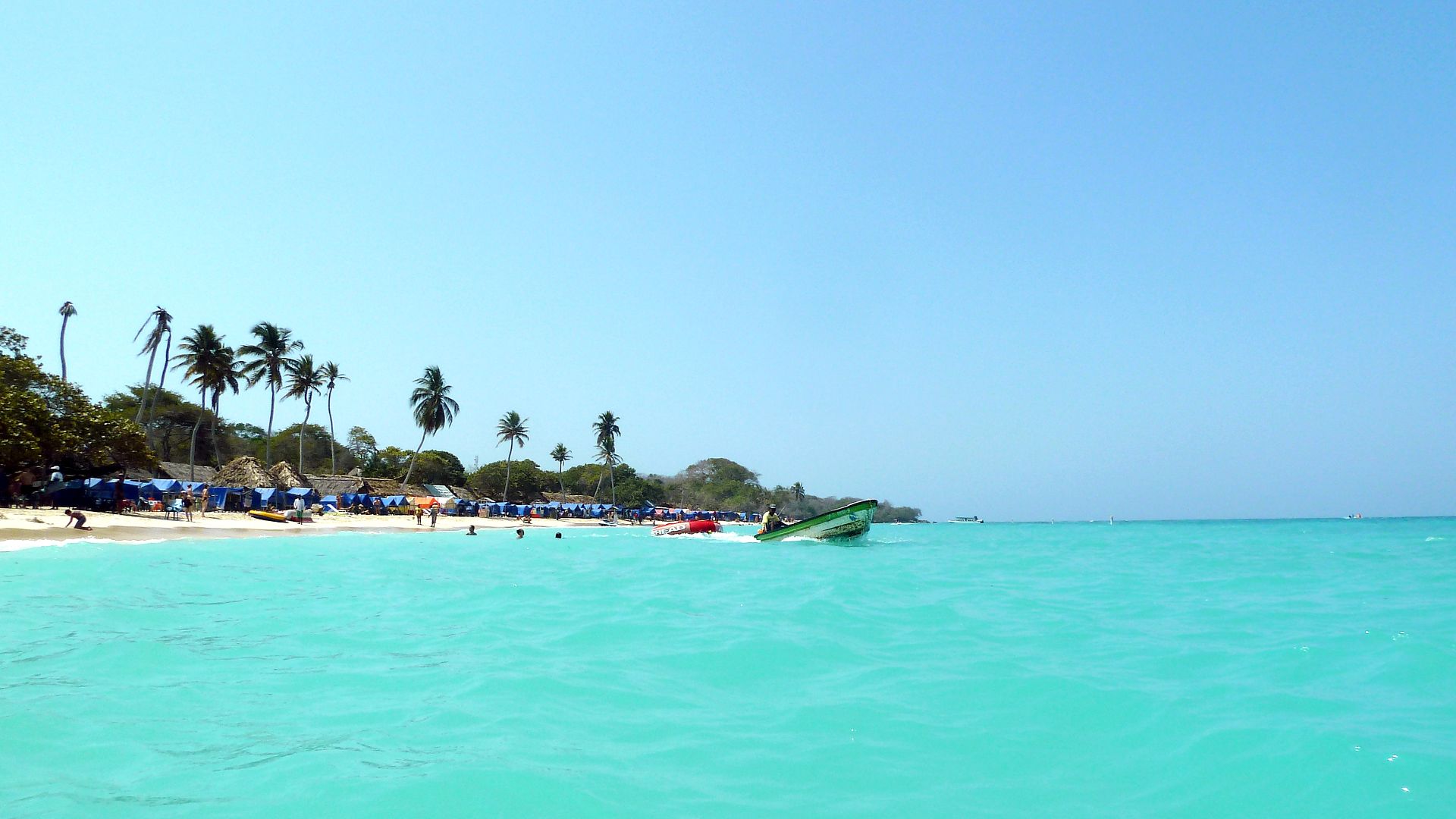 David Shankbone, CC BY-SA 3.0, Wikimedia Commons
David Shankbone, CC BY-SA 3.0, Wikimedia Commons
Systematic Mapping Continues
Piece by piece, ROVs chart the wreck without disturbing it. Calm waters and great depth help protect everything. With new details on what was there, the crew gains more context as to how the ship ended up in this place. Who knows, we might even see how the accident unfolded.
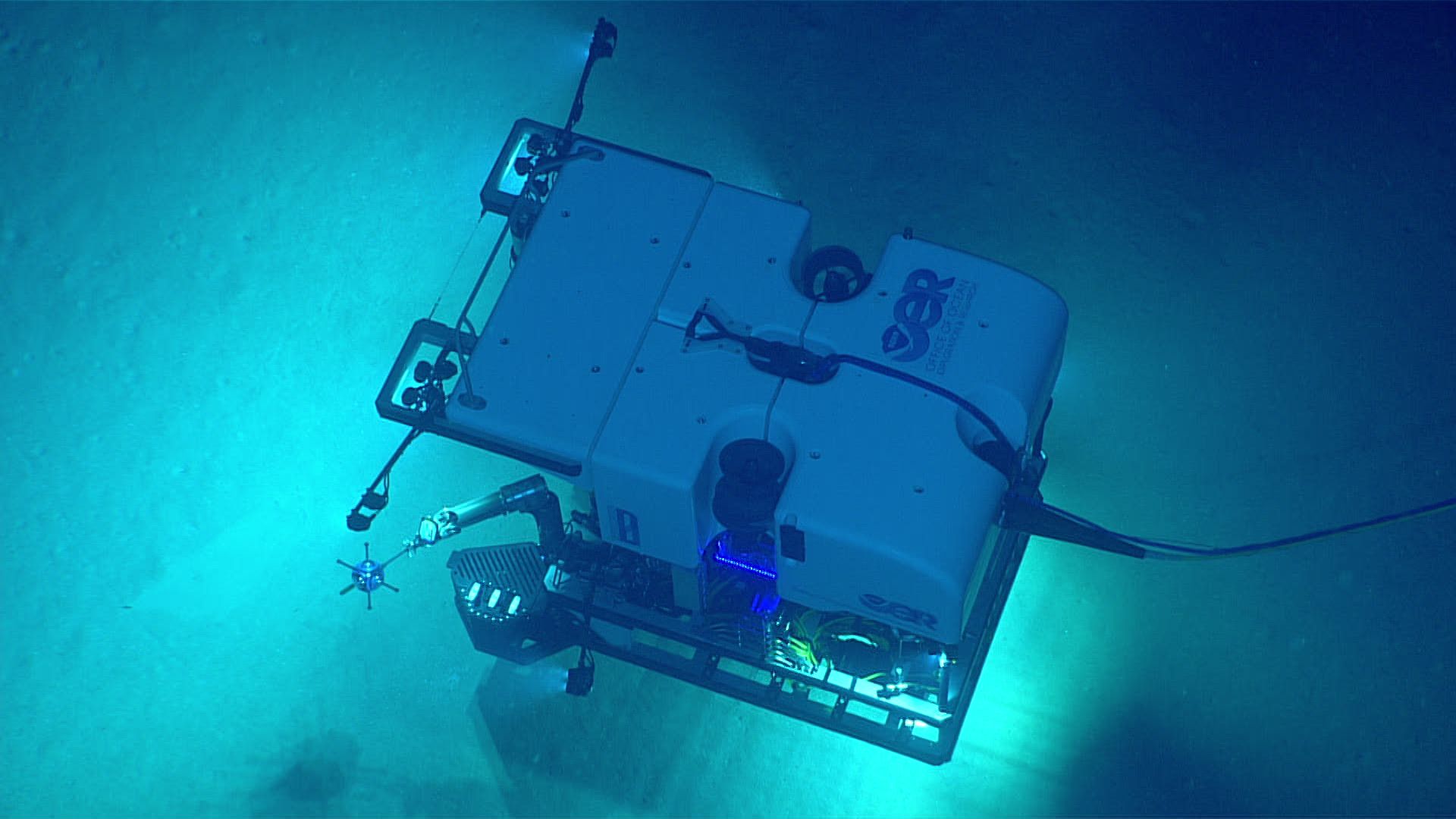 NOAA Ocean Exploration & Research from USA, Wikimedia Commons
NOAA Ocean Exploration & Research from USA, Wikimedia Commons
The Mystery Still Isn't Solved
Each artifact brings a clue, but it does not reveal the full picture. Did the ship sink under fire or fold to weather? Were there survivors? The answers are likely hidden in rust and memory. Only patient work over time will bring the story into focus.
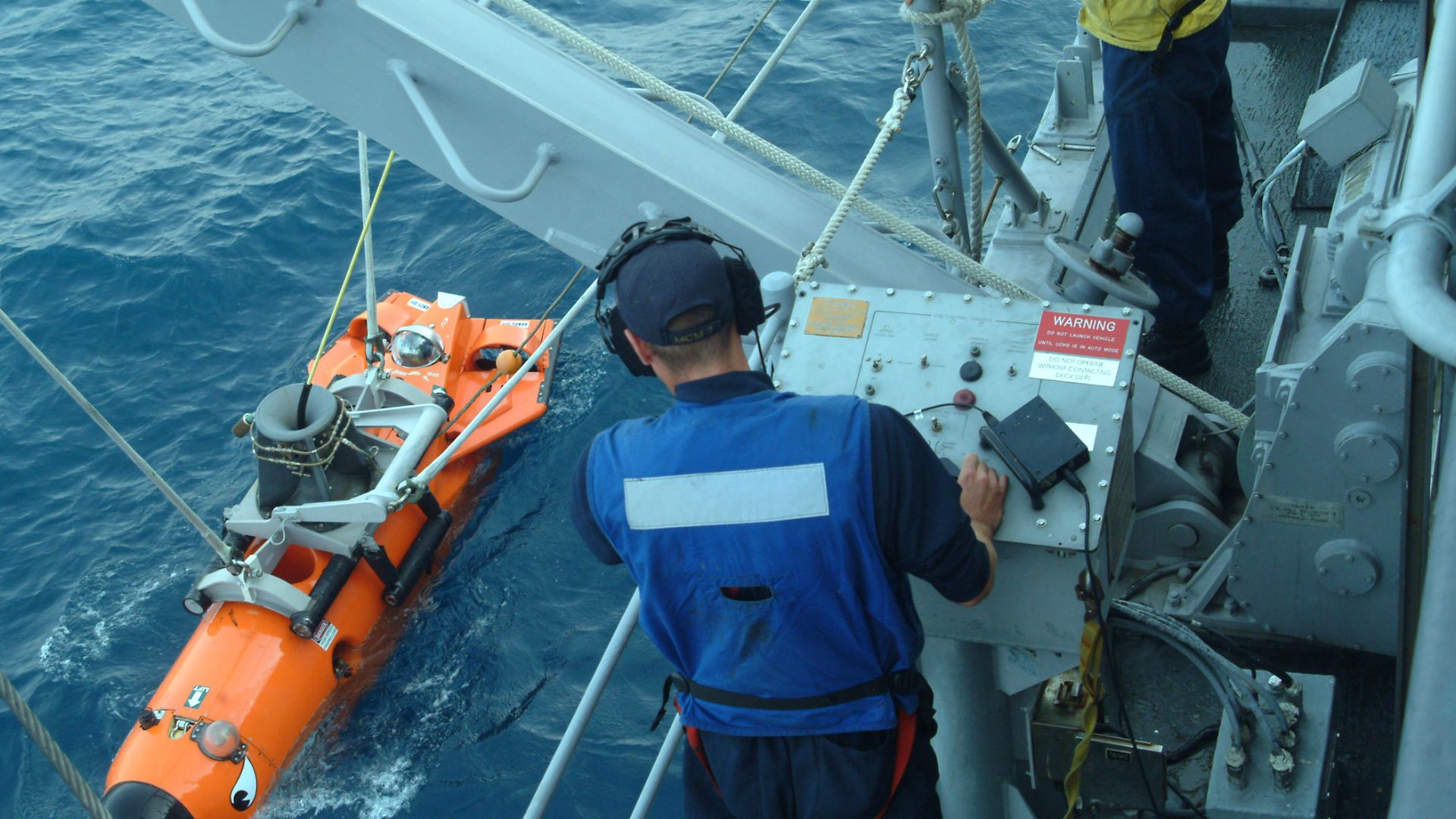 U.S. Navy photo by Mass Communication Specialist 3rd Class Adam R. Cole, Wikimedia Commons
U.S. Navy photo by Mass Communication Specialist 3rd Class Adam R. Cole, Wikimedia Commons


